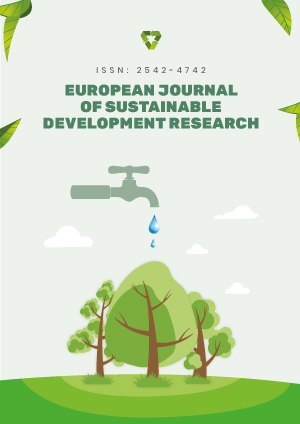Abstract
The wider choice of housing design, use, and application is one of the more obvious influences of modernity as sustainable housing projects of various sizes and shapes are now seen in contemporary societies. However, it seems that the concept of sustainable housing is not properly incorporated in Nigeria from which Anambra State is not exempted. Therefore, the study appraises the extent of incorporating sustainable development (SD) principles in housing projects in Anambra State, Nigeria. The study adopted a survey research technique involving a questionnaire, using the construction project sustainability analysis system (CPSAS) to evaluate the level of SD incorporation in housing projects. A total of 78 respondents administered questionnaires for data collection. However, 62 questionnaires were validated for analysis. Data collected were analysed using the mean score, simple percentages, and RII and finally, the overall project sustainability index (PSI) was analysed using CPSAS. The study revealed that the level of incorporation of SD principles in housing projects is still below average, which the PSI has shown to be 40%. Based on this, it is recommended that there should be more education and awareness by all stakeholders on the importance of sustainable housing projects. Socio-cultural, economic, and environmental degradation must be tackled in a more integrated and holistic way, hence, the government of Anambra State should formulate and implement social, financial, and environmental policies for housing project delivery.
License
This is an open access article distributed under the Creative Commons Attribution License which permits unrestricted use, distribution, and reproduction in any medium, provided the original work is properly cited.
Article Type: Research Article
EUR J SUSTAIN DEV RES, Volume 9, Issue 3, 2025, Article No: em0292
https://doi.org/10.29333/ejosdr/16334
Publication date: 01 Jul 2025
Online publication date: 05 May 2025
Article Views: 1617
Article Downloads: 635
Open Access References How to cite this article
 Full Text (PDF)
Full Text (PDF)